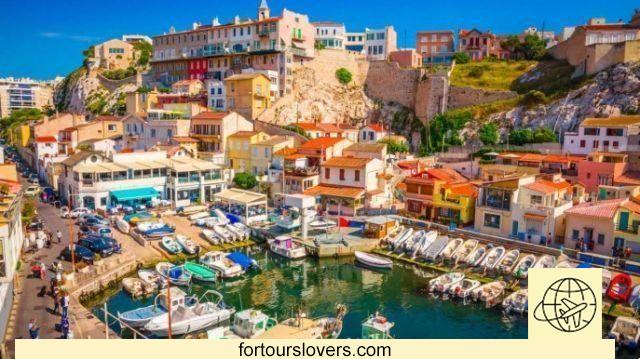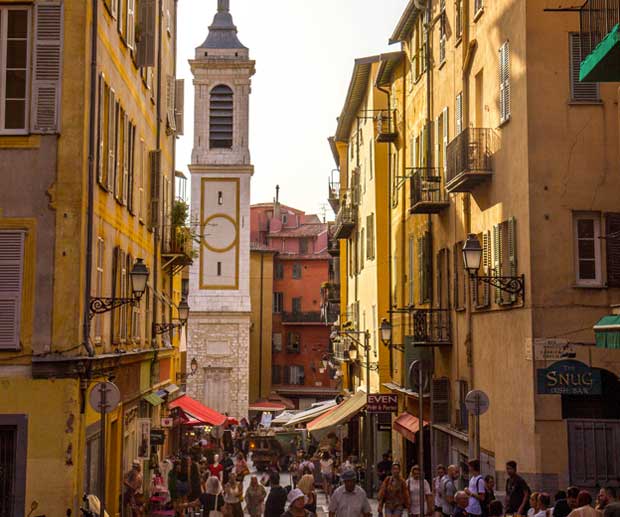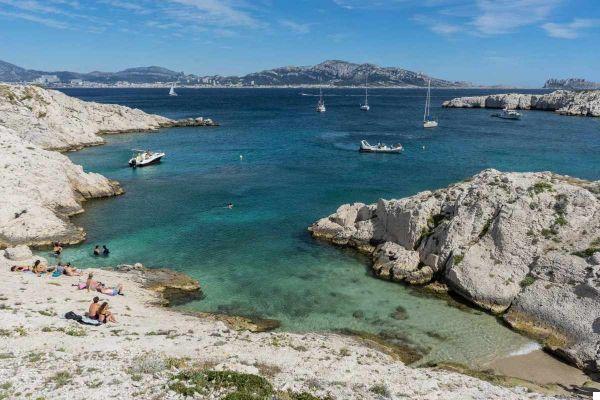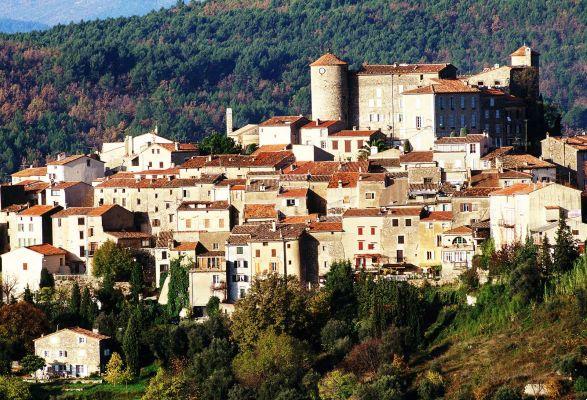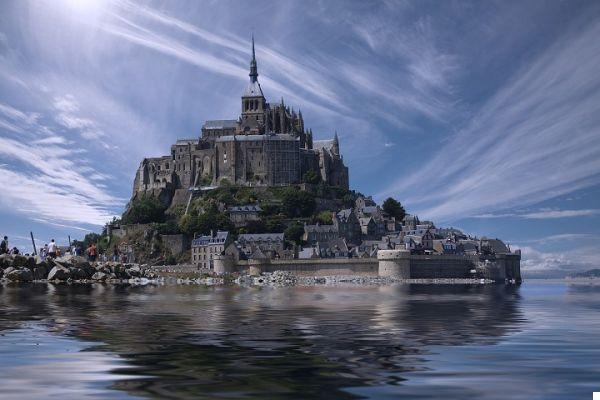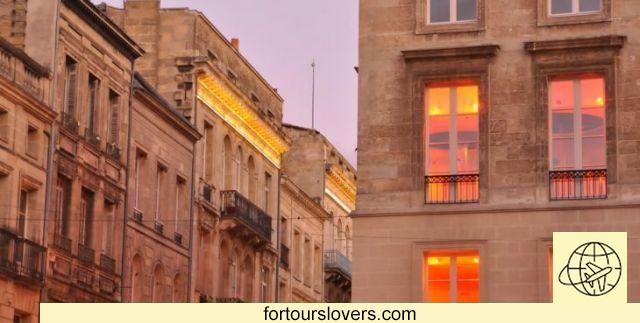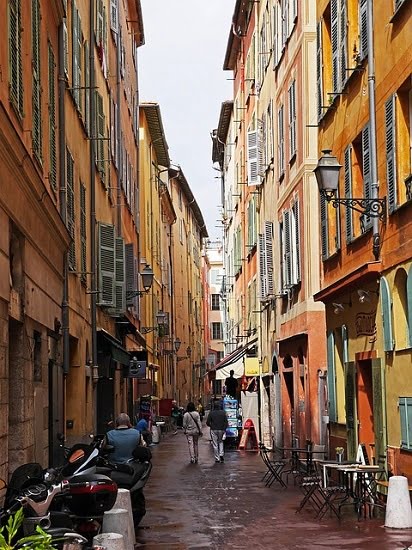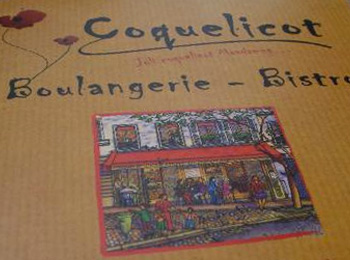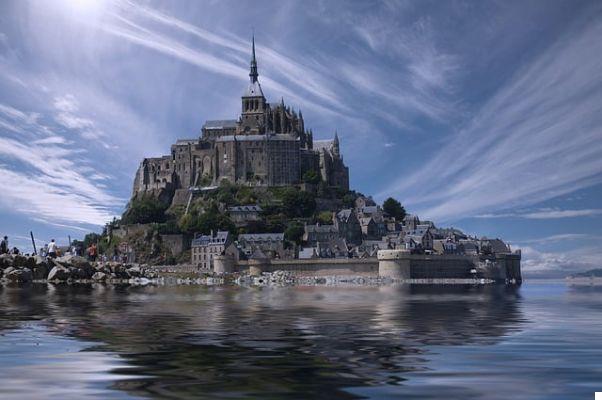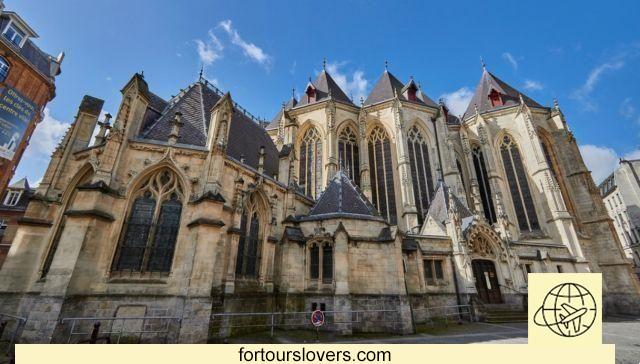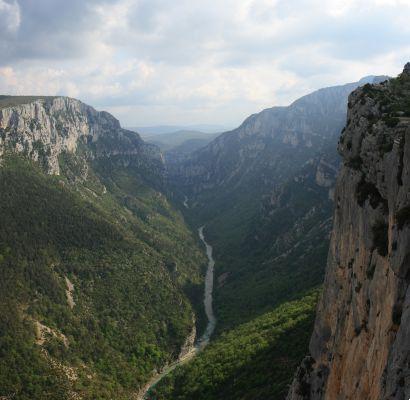At the very beginning of this post, I have a confession to make to you: I have never read "The Count of Monte Cristo". Seriously, never.
And after my very private confession, the philosophical question follows: Castello D’If would it be so famous if Alexandre Dumas hadn't set the plot of his novel in this place? Or would it be so famous if in one of the films made there was not a stratospheric Gerard Depardieu?
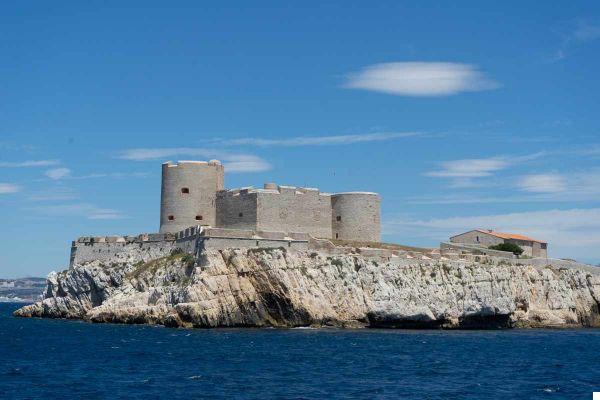
Off the Gulf of Marseille, on a small islet in the archipelago of the Frioul islands, stands a mythical and legendary French fortress: the Castello D’If.
ATTENTION COVID-19 UPDATE
Check for updates on the official website of the Chateau d'If because it was closed during the last French lockdown and not yet reopened. At the moment (April 2021, a reopening date is not yet planned.
This ancient prison housed famous inmates, but it was the pen of Alexandre Dumas that made it famous: the French writer, in fact, set here part of his most appreciated novel, the Count of Montecristo.
The island is heavily fortified, with steep cliffs rising from the ocean, huge walls and platforms that once housed the cannons. It reminded me of Alcatraz in San Francisco: both have been prisons and both have become famous for literature, films and that aura of myth that surrounds them a little.
Today the island can be reached by embarking from the port of Marseille on one of the ferries which, on a daily basis (except in case of adverse weather conditions), connect the mainland to the Frioul islands.
During stay in Marseille visit to the Castle of If it is a stage that I strongly advise you not to miss: the mysterious and timeless atmosphere gives the impression of being inside a novel, also thanks to the numerous stories that this islet constantly recalls.
- The archipelago of the Frioul Islands
- The history of the Castello d'If
- Prisoners ... real and imaginary
- What to see at the Castello d'If
- How to reach us
- Costs and timetables
- Final impressions on the visit to the Castello D'If
FAST ADVICE
It is not necessary to book in advance, but if you want to avoid long lines to buy tickets, go to the ticket office very early or book tickets online.
You will need to purchase two tickets: one for the ferry (WHO online) and the other for the entrance ticket to the fortress (che trovi WHO online).
The navigation to the fortress takes about 20 minutes. The boat trip gave us a great view over the port of Marseille.
The return cruise takes a little longer as the ferry takes visitors to the Frioul Islands.
The archipelago of the Frioul Islands
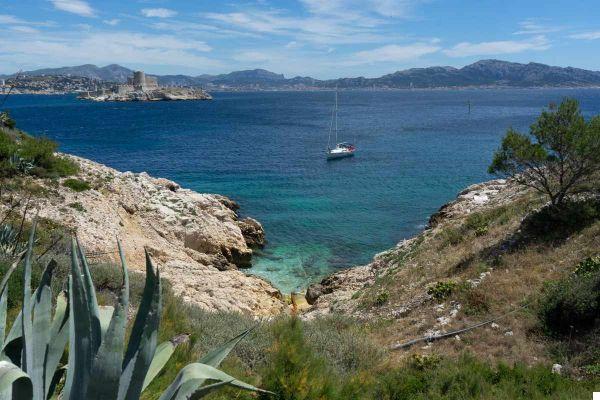
Le Frioul islands are a small archipelago included within the National Park of Creeks which is located a few kilometers from the coast of Marseille.
The archipelago consists of 4 islands: Pomègue, Ratonneau, If e Tiboulen du Frioul.
The first two are the largest islands and are connected to each other by the Berry Dam which allows you to move from one to the other on foot.
We spent a whole day here walking along different paths and visiting the most beautiful beaches in Pomègue e Raccoon.
Tiboulen du Frioul, on the other hand, is simply a small islet that houses a signal lighthouse and cannot be visited.
Finally, If is the small island that houses the famous fortress: here there are no beaches and only the castle stands out among the rocks.
The history of the Castello d'If
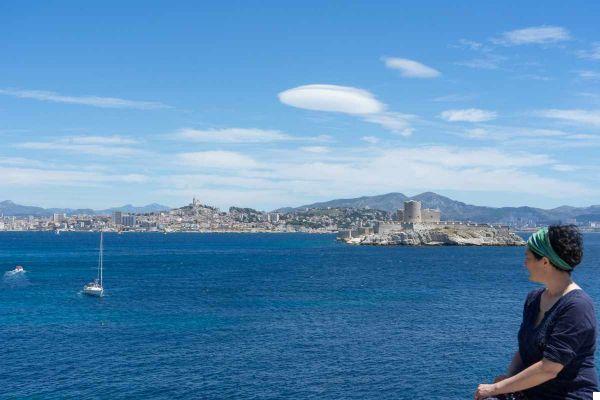
Il Castle of If it was built during the first half of the sixteenth century at the behest of Francesco I.
The Château d'If was originally designed to defend Marseille from potential naval attacks. The King, in fact, needed a fortress that could at the same time protect the coast from enemy invasions, provide support for the new royal fleet of galleys and monitor Marseille, which was only annexed to France in 1480.
Over the years the Castle of If assumed the function of prigione and his reputation was anything but rosy: the living conditions of the prisoners were terrible and cruel.
However, for a long time the most military action the small island has ever seen was when in 1800 Napoleon ordered the embalmed body of the French general Jean Baptiste Kleber was closed here for fear that it would become a symbol of republicanism.
The body remained at the Château d'If for 18 years until a decent burial was finally given on the mainland.
It was during the 1800s that the Château d'If became one of the most famous prisons in France, as well as a landfill for inmates who threatened religious and political upheaval. For example, more than 3.500 French Protestants were sent to the Chateau d'If when Catholicism was the state religion of France.
The prisoners incarcerated in the castle of If were treated differently according to their wealth and class within the society. The poorest prisoners were kept near the bottom, in windowless dungeons, with 20 or more per cell.
At the other end of the staircase, the wealthiest and most prominent inmates were housed in private cells near the top of the castle, with windows and, often, their own fireplace.
The fame of Chateau d'If is also and above all linked to the fact that no one was ever able to escape from the island ... except Edmond dantes, the fictional character born from the pen of Dumas: in reality no one is known to have ever escaped from prison and then returned to shore.
The island was demilitarized and opened to the public in 1890, when it became too expensive to house prisoners.
The interesting historical and literary background of the Castello d'If makes it one of the main tourist destinations of Marseille.
Apparently hundreds of tourists visit the island every day - and even legendary American author Mark Twain wrote that he visited it as a tourist in 1867, when it was still functioning as a prison.
Prisoners ... real and imaginary
Several famous people, some real and others imaginary, were held prisoner within the walls of the Castle of If.
Huguenots, Protestants, revolutionaries and politicians were the main inmates of this fortress in the middle of the sea.
Jean-Baptiste Chataud, for example, he was incarcerated here because he was found guilty of bringing the plague to Marseille in 1720. He was the commander of the ship Grand-Saint-Antoine and was imprisoned here for three years because he was held responsible for bringing the plague to Marseille.
Honoré Gabriel Riqueti de Mirabeau, a French writer, diplomat and revolutionary, on the other hand, was locked up in the fortress by his father to try to calm his heated spirits. He was a rich man in the situation where his detention was in a sea view cell with the company of young ladies and dinners based on oysters and countryside.
Louise Auguste Blanqui, a socialist revolutionary, was imprisoned for his subversive ideas.
At Chateau d'If he was also detained for a period Iron mask, a real person who lived and was a prisoner during the reign of Louis XIV and whose existence has not yet been ascertained. The history of man inspired hypotheses, theories and even essays, novels and, later, numerous films.
The Castle d'If was the place where he was also incarcerated Jose Custodio Faria, Portuguese clergyman and scientist, who inspired Alexandre Dumas for the writing of The Count of Monte Cristo.
The French writer, in fact, set part of his most famous novel in this prison and it is precisely here that the protagonist, Edmond Dantes, will meet the Abbot Faria.
What to see at the Castello d'If
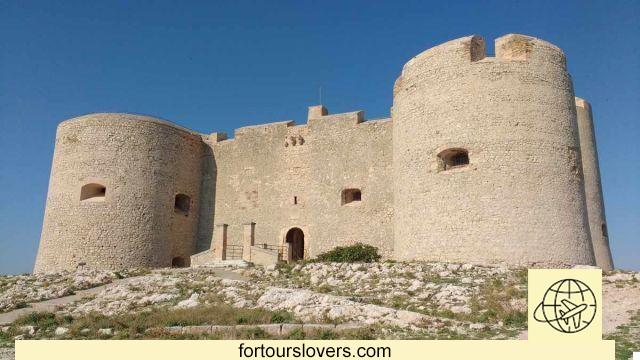
The Castello d'If was opened to the public at the end of the 1926th century and in XNUMX it was classified as historical monument.
The tour will guide you to discover the history of the fortress and the stories connected to it. The tour starts from the courtyard and continues inside the prisons.
The Courtyard
Il courtyard it is the starting point for the visit to the Castle. Here you will arrive once you disembark from the ferry, after passing through the main gate of the fortress.
You will immediately realize what it meant to arrive on the island for a prisoner: the fortress was surrounded only by rocks and sea. The sense of desolation and despair must have been immense.
The kitchens, grain warehouses and wells overlooked the courtyard.
The Collective Cells
The courtyard is also overlooked by what once were the collective cells. Initially they were used as a warehouse, then they were transformed into barracks and, finally, into a prison.
Here the prisoners were held in inhumane conditions: no windows or latrines, all piled up in a few square meters of space.
Here you will be able to see Edmond Dantes' cell, specially reconstructed to trace the pages of Dumas's book. The cell communicates with the nearby dungeon through a hole dug in the vault just as it is told in the book.
The Permanent Exhibition on the Count of Montecristo
Inside what were once the collective cells, today there is one permanent exhibition dedicated to the book by Alexandre Dumas: an interesting and unforgettable stop for every lover of Il Conte di Montecristo.
The Cells of the First Floor
On the first floor were the better cells, but it seems that to access it you had to apply and pay a sort of monthly rent.
Here you will find some of the cells where the most famous characters passed by the Castle of If were locked up.
And Graffiti
Inside the prisons of the Chateau D'If you will notice many graffiti left by prisoners: these writings carved into the walls have the ability to strike and excite even today. The walls of this place exude the pain of every person who has passed through here.
You will be able to observe not only the names of the prisoners and the dates that recall their incarceration, but also drawings and messages of faith, strength and hope.
La Terrazza
from Terrace you can admire a 360 ° panorama. These roofs were also used during the Second World War as an observation and telemetry point.
How to reach us
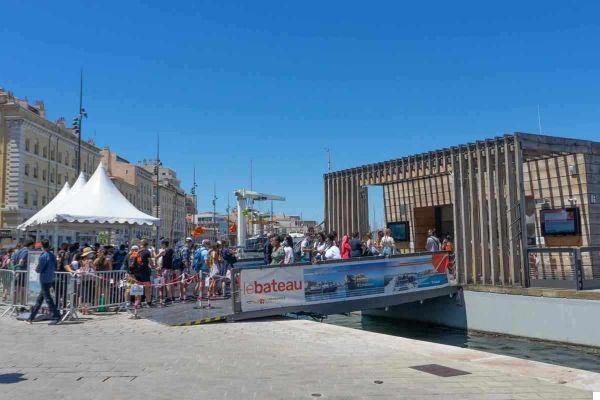
To reach the Château d'If from Marseille you will have to go to the Port Vieux of Marseille at 1 Quai de la Fraternité, right next to the Foster canopy.
From here the ferries depart that daily connect the city with the Frioul islands.
The service is guaranteed by Frioul – If Express.
ATTENTION COVID-19 UPDATE
Check for updates on the official website of the Chateau d'If because it was closed during the last French lockdown and not yet reopened. At the moment (April 2021, a reopening date is not yet planned.
The boats stop first at If and then at Ratonneau.
To get to the Castle it will take you about 20 minutes of crossing.
The cost of the ferry is € 10,80 for the round trip (only for the islet of If) and € 16,20 to reach the other islands of Frioul.
The boats leave every day, but the times vary according to the season and weather conditions: in case of bad weather or strong wind, in fact, the ferries do not dock at If.
Generally, however, the first run is made around 6.30 in the morning and the last between 22.30 and 23.30.
I recommend that you arrive early in the morning as the queues are usually very long.
Costs and timetables
The visit to the Castello d'If takes place independently and at the ticket office you will be given a brochure with some information.
The ticket price is € 6 per person (and does not include transport by ferry to the island).
You have two choices basically to visit it:
1 - go to the ticket office in the morning and risk long queues under the scorching sun, but which honestly has an advantage: given the strong winds and the rough sea, visits are not always allowed because the ferries are unable to dock. By going directly you do not risk hunting for money unnecessarily.
2 - Buy tickets online which are two: one for the ferry and one for the entrance. You skip the lines, but in case of unavailability, if you had to leave the next day, you would have missed the visit.
The Castle is open in the following timetables:
From April 1st to September 30th: Tuesday to Sunday, 10:30 am to 17:15 pm.
From 1st October to 30th March: Tuesday to Sunday, from 10:00 to 17:00.
I hope I have left you all the information you need to better organize your visit to the Castello d'If.
Final impressions on the visit to the Castello D'If
I did not have high expectations, however, for me it is worth visiting even if my impressions are a bit 'let's say, mixed.
On the one hand, it is a place with an incredible atmosphere: if you stand at the top of the main tower, with the sea breeze caressing your face and the beautiful views, with history and legends oozing from the walls, this it's a great place.
On the other hand, there isn't much to see in the former prison cells. Most (with a few exceptions) are empty rooms.
The cost of the journey and entry is not cheap but not that much: in the end it is money well spent even just for the boat ride with the splendid views of the Port of Marseille and sincerely wandering around the rooms, cells, stairs and the walls is quite fun.
So, as far as I'm concerned, if you ask me if it's worth it, I would say yes.
It's one of the highlights of a visit to Marseille and with good reason. Chateau D'If is however a very impressive sight.
The fact that it is still standing after nearly 500 years, the fact that it allows you to learn a little about the history and the cruel and inhumane conditions people have been subjected to are worth the price of the visit alone.





